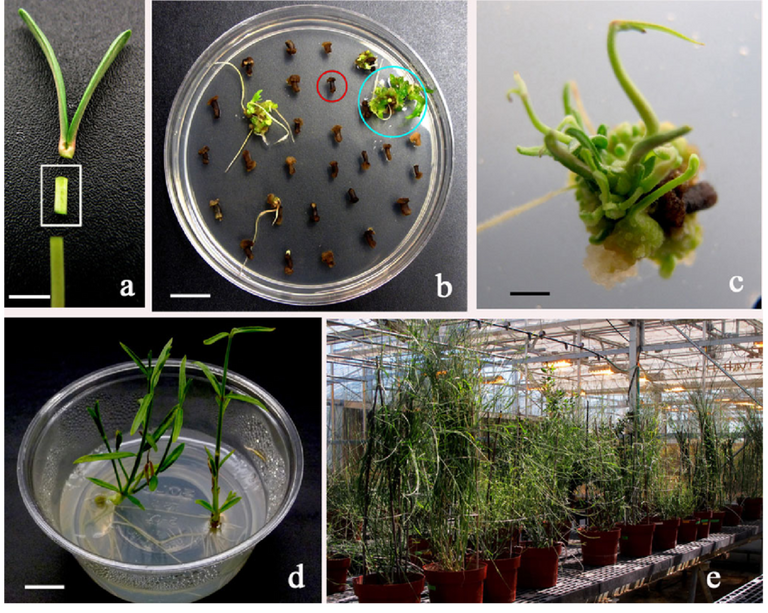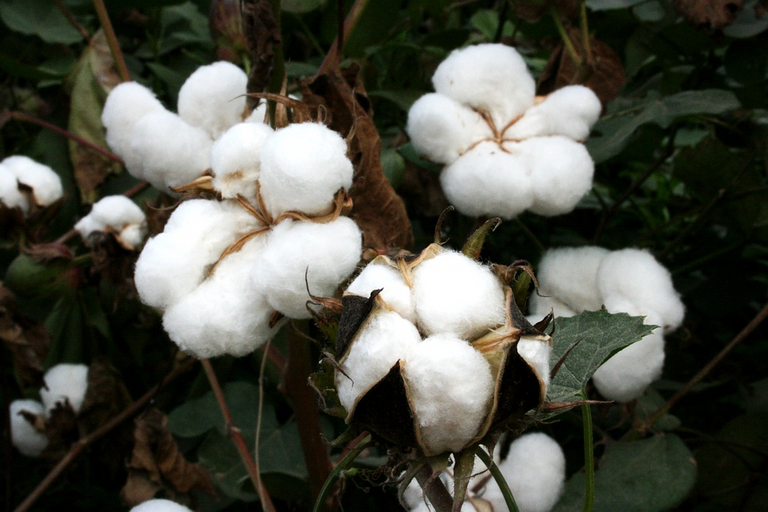What are transgenic plants and and what are their advantages and disadvantages?
Transgenic plants are plants whose DNA is modified with the help of genetic engineering methods. The purpose of this modification is to introduce new and better features in plants that are not already present in these plants.

Transgenic plants have one or more genes inserted artificially, and the gene that is successfully introduced into the plant is called a "transgen". This gene can be from another plant or from a completely different species. Plants can be made more useful and productive than ever before by introducing new genes into plants. This trend aims to improve certain properties of plants such as quality, shelf life, increased productivity, pest resistance, heat and cold tolerance, famine resistance and resistance to other stresses.
Another way to produce these transgenic plants is to introduce extracellular proteins that have industrial and pharmaceutical properties in them and are free from human-transmitted diseases. One of the major benefits of this is that it saves us the cost of screening.
The first transgenic plant was authenticated in 1983. Since then, these proteins have been successfully introduced in many crops such as maize, tomato, potato, banana, tobacco and alfalfa. Genetically modified Technology has been used to produce a wide variety of plants. As the world's population has grown, food has become more limited, which has further increased the importance of transgenic plants.

This technology provides significant benefits in increasing productivity, reducing transportation costs, and increasing food security. The United States and Canada, where the technology has been used, focus on pest resistance and pesticide tolerance. While in some cases cost and convenience are also taken into account.
However, despite the many benefits of genetically modified plants, many health and environmental concerns have been raised, which has led to widespread opposition to the plant's spread and its lack of popularity. On the other hand, medicines and other products manufactured by the same method are being widely used.
Genetically modified plants being used in the world, contain most notably Bt cotton. Cotton introduces the genes of a common ground bacterium that causes the cotton plant to produce a protein that is harmful to some deadly insects. One of the major benefits of Bt cotton is that it significantly reduces the use of pesticide sprays, which helps to reduce the risk of many environmental contaminants. The cultivation of genetically modified cotton in the world has increased from 2% in 1996 to 15% in 2002 and it is increasing day by day which is very welcoming.

Golden rice is another example of a genetically modified plant that uses rice to genetically make vitamin A. More than 200 million people worldwide suffer from vitamin A deficiency and golden rice is an easy and cheap way to make up for this shortfall.
There are also many disadvantages to using genetically modified plants due to their poor testing. The proteins that are produced in plants after the use of genetic methods can enter the human body and cause many diseases. The use of genetically modified plants is also causing food allergies that are affecting children in deadly ways. Genetically modified plants affect not only human but also animal populations and the environment.
One of their major disadvantages is that they have been shown to be harmful to naturally occurring plants. Cultivation of genetically modified plants is also making it possible for these genes to reach other plants, which are new to these plants and have been found to be harmful to the health of those who use them.
Thank you for reading! Stay Safe!👋😌